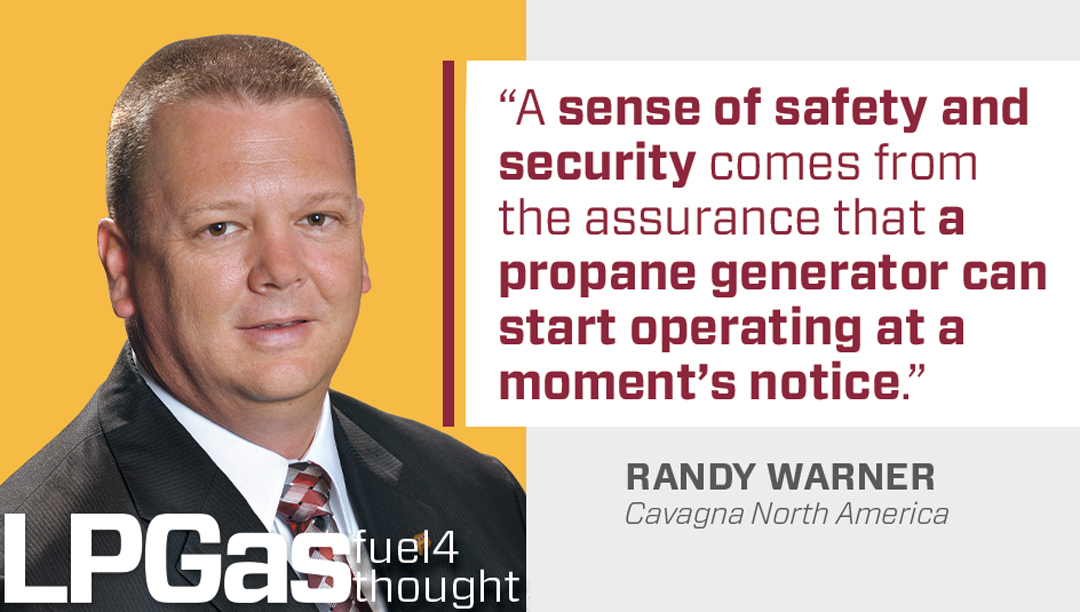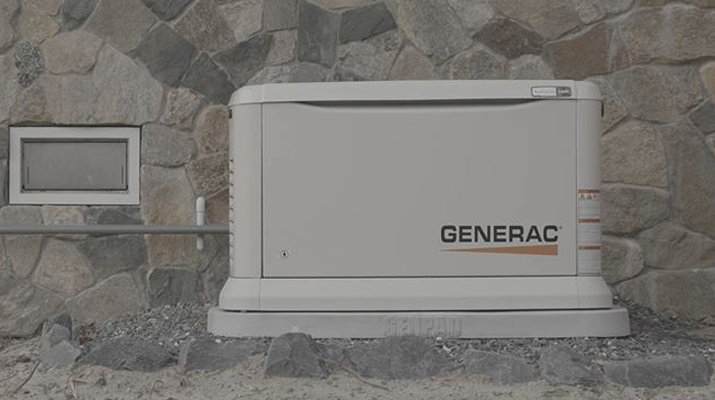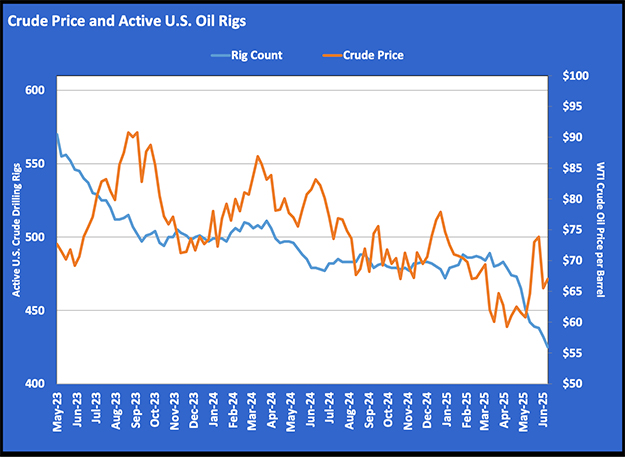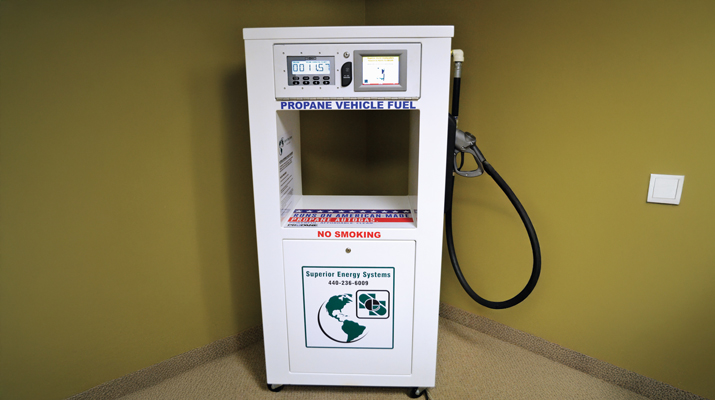Use backup generators safely
End users choose backup generators to improve the security and safety of their homes. The comfort of not worrying about working appliances, medical equipment or an internet connection are reasons many consumers install backup generators. This sense of safety and security comes from the assurance that a propane generator can start operating at a moment’s notice.
Safe use and installation of backup generators
Manufacturers provide guidance on installation, location and use of qualified professionals to ensure the electrical and propane systems are installed properly. They also point to standards, codes and regulations at the federal, state and local levels that apply to these installations. Installers need to consider:
⦁ Site location: Propane containers should be installed with a firm level base, adequate foundation and proper distances from electrical switches or other sources of ignition. Both the propane container and generator have requirements for distances from buildings, openings and overhangs, and generators require adequate airflow. Other considerations for the installation include areas prone to flooding or the buildup of excessive snow.
⦁ Fuel requirements: Propane, of course, as well as the Btu load of the generator and the required fuel pressure, estimated fuel consumption, line sizing and container sizing.
⦁ Electrical connections: See the National Electrical Codes (NEC).
When it comes to the propane system for the backup generator, the generator manufacturers only provide basic guidance. Installers should consider the container size, location, pipe sizing, regulator selection as well as regulator placement.
⦁ Container size: Obtain the total generator load, and if the container is also serving other appliances, add them in the calculations to obtain the total demand for the container. Be sure to refer to your container vaporization charts, using the coldest anticipated temperature and lowest expected fuel level in the container to determine container vaporization rate. Then select the proper container size to meet the vaporization demand.
⦁ Location: Follow your company policy as well as federal, state and local codes on the location of a container.
⦁ Pipe sizing: You have to consider separate pipe sizing if you are installing a two-stage system. The first-stage piping from the container to the second-stage regulator is typically done at 10 psig and is the outside portion, following NFPA 58. The second-stage piping from the second-stage regulator to the generator inlet is based on fuel pressure, which is typically 10-in. to 12-in. water column, following NFPA 54.
⦁ Regulator selection and placement: Regulator selection is based off of total connected load. Placement of the first-stage regulator is typically at the tank. Placement of the second-stage regulator is unique for many generator installations.

Regulator placement
A common safety issue in generator installations occurs when the second-stage regulator is not placed properly. Even with everything sized correctly, the generator acts like it is starving for fuel. Many technicians assume the issue is the second-stage regulator, so they move it closer to the generator inlet. That seems to make the problem worse, so they try a larger regulator, and that still does not fix the problem.
The issue is simply the volume of fuel available at the time of startup. The engine calls for fuel and opens a valve very quickly, dropping the downstream pressure from the second-stage regulator. The regulator diaphragm then drops to provide more flow to the generator. The problem is the engine valve reacts in nanoseconds, much faster than the second-stage regulator can react. With high fuel demand needed for startup, the engine is starved for fuel.
To resolve this issue, build enough volume of fuel between the engine and second-stage regulator. This can be accomplished in a couple of ways:
- Increase the pipe size and length between the second-stage regulator and the engine. Increase the pipe size by at least one diameter.
- Place the second-stage regulator at the building instead of at the generator. By increasing the length of piping, you increase the overall volume between regulator and generator.
Randy Warner is product safety manager for Cavagna North America. He can be reached at randywarner@us.cavagnagroup.com.
NOTE: The opinions and viewpoints expressed herein are solely the author’s and should in no way be interpreted as those of LP Gas magazine or any of its staff members.

















